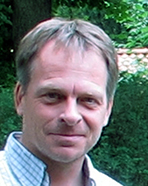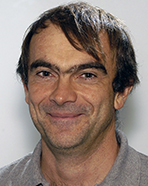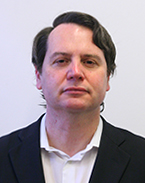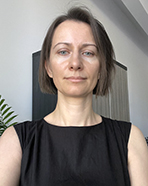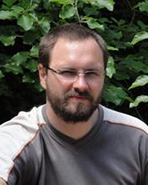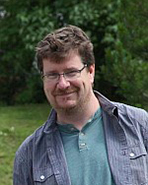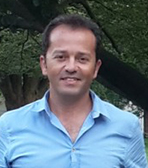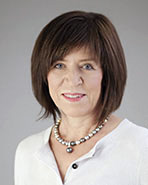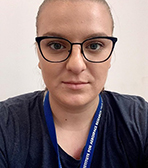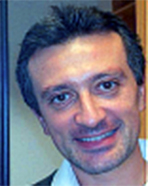Name: Hervé Roquet D.o.B. 28th September 1963
Position: Civil Engineer of Meteorology at Météo-France
Address: METEO-FRANCE DESR/DAP 73 avenue de Paris 94165 Saint-Mandé Cedex France
National Tel: 01 77 94 73 21 Fax: 01 77 94 73 30
International Tel: +33 1 77 94 73 21 Fax:+33 1 77 94 73 30 e-mail Herve.Roquet@meteo.fr
Qualifications:
Year Qualification
1990 Civil Engineer of Meteorology D.E.A « Astrophysique-Géophysique et Techniques Spatiales », University Paul Sabatier of Toulouse
Main Research Interests:
Data assimilation, Ocean Mixed Layer modelling, air/sea fluxes, satellite remote sensing of ocean and atmosphere
Experience:
Year Position
1990 - 1992 Scientist at METEO-FRANCE research division ( CNRM ) in Toulouse, working on variational data assimilation techniques into an Ocean Mixed Layer model
1992 - 1994 Head of the research & development department in the marine forecast service of METEO-FRANCE
1994 - 1995 Consultant at ECMWF ( satellite section ), working on ERS scatterometer winds assimilation and the preparation of a data base for OSSEs
1995 - 1996 Head of the research & development department in the marine forecast service of METEO-FRANCE
1997 - 2002 Project Manager of the development of EUMETSAT SAF on Ocean and Sea Ice
2000 - 2017 Head of the Research and Development team at the Centre de Météorologie Spatiale (CMS) of METEO-FRANCE
2009 - 2017 Manager of the SST Thematic Assembly Centre (SST TAC) within the MyOcean project
2013 - 2016 Chair of EUMETSAT STG Science Working Group
2017 - Deputy Director of Research at METEO-FRANCE
Recent relevant publications:
Von Schuckmann, K., P.-Y. Le Traon, H. Roquet et al. (2016), “The Copernicus Marine Environment Monitoring Service Ocean State Report (CMEMS OSR)”, Journal of Operational Oceanography.
Marsouin, A., P. Le Borgne, G. Legendre, S. Péré and H. Roquet (2015), “Six years of OSI-SAF METOP-A AVHRR sea surface temperature”, Remote Sensing of Environment.
Prigent, C., F. Aires, F. Bernardo, J.-C. Orlhac, J.-M. Goutoule, H. Roquet, C. Donlon (2013), “Analysis of the potential and limitations of microwave radiometry for the retrieval of Sea Surface Temperature : Definition of MICROWAT, a new mission concept”, Journal of Geophysical Research.
Merchant, C.J., P. le Borgne, H. Roquet and G. Legendre (2013), ”Extended optimal estimation techniques for sea surface temperature from the Spinning Enhanced Visible and Infra-red Imager (SEVIRI)”, Remote Sensing of Environment.
